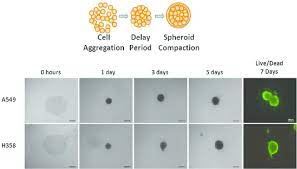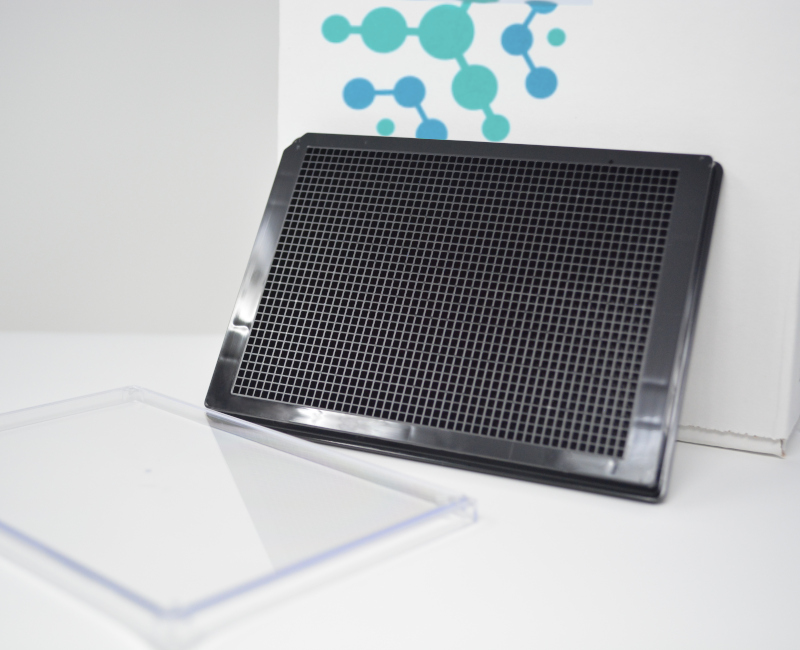
Spheroid Models To Study Lung Cancer
Spheroid model has been shown to have features consistent with patient specific Non-Small Cell Lung Cancer Spheroid tumours (NSCLC), characterised by extremely high clonal and morphological heterogeneity of tumours and multi-drug resistance. Lung malignancies accounts for 11% of cancer worldwide and remained leading cause of cancer deaths.
Spheroids strongly depends on the cell composition and the spheroid culturing techniques. The simplest of the NSCLC multicellular spheroids can be generated from one cell line, resulting in homotypic spheroid model. However, there are also complex heterotypic spheroid models, comprising of two or more cell types and are used to study interplay between cancer cells and other cell types such as immune cells (1).
Non-small cell lung cancer
NSCLC remains an intractable type of cancer. One of the challenges for the treatment is an evolution of cancer genomes that lead to clonal heterogeneity, recurrent mutation occurrence and thus development of drug resistance and therapeutic failure. The hallmarks of NSCLC are immune tolerance, high levels of extracellular matrix content and hypoxia, and thus for this reason multicellular 3D spheroids models are becoming an important tool for cancer biology and drug delivery studies (2,3,4).
Choice of spheroid generation
The choice of spheroid generation is determined by the goal of the study- scaffold based techniques can be used for analysis of cancer cell invasiveness. Whereas scaffold-free techniques which includes centrifugation, placing cells in hanging drop, rotation of the culture vessels with cells, and cultivation on non-adhesive surfaces are more repeatedly used for drug testing, analysis of intercellular interactions and for cellular signalling studies (6).
Parameters for spheroid generation
Multiple parameters of the obtained spheroid, such as mean diameter, size heterogeneity, number of spheroids, and duration of cultivation are determined by the method of spheroid generation. All these parameters must be taken into consideration while designing an experiment (6).
References
1. Monteiro CF, Custódio CA, Mano JF. Bioengineering a Humanized 3D Tri-Culture Osteosarcoma Model to Assess Tumor Invasiveness and Therapy Response. Acta Biomater (2021) 134:204–14. doi:
2. Lu T, Yang X, Huang Y, Zhao M, Li M, Ma K, et al.. Trends in the Incidence, Treatment, and Survival of Patients With Lung Cancer in the Last Four Decades. Cancer Manag Res (2019) 11:943–53. doi: 10.2147/CMAR.S18731710.1016/j.actbio.2021.07.034
3. Testa U, Castelli G, Pelosi E. Lung Cancers: Molecular Characterization, Clonal Heterogeneity and Evolution, and Cancer Stem Cells. Cancers (2018) 10:248. doi: 10.3390/cancers10080248
4. Lim SB, Tan SJ, Lim W-T, Lim CT. An Extracellular Matrix-Related Prognostic and Predictive Indicator for Early-Stage Non-Small Cell Lung Cancer. Nat Commun (2017) 8:1734. doi: 10.1038/s41467-017-01430-6
5. Nath S, Devi GR. Three-Dimensional Culture Systems in Cancer Research: Focus on Tumor Spheroid Model. Pharmacol Ther (2016) 163:94–108. doi: 10.1016/j.pharmthera.2016.03.013


